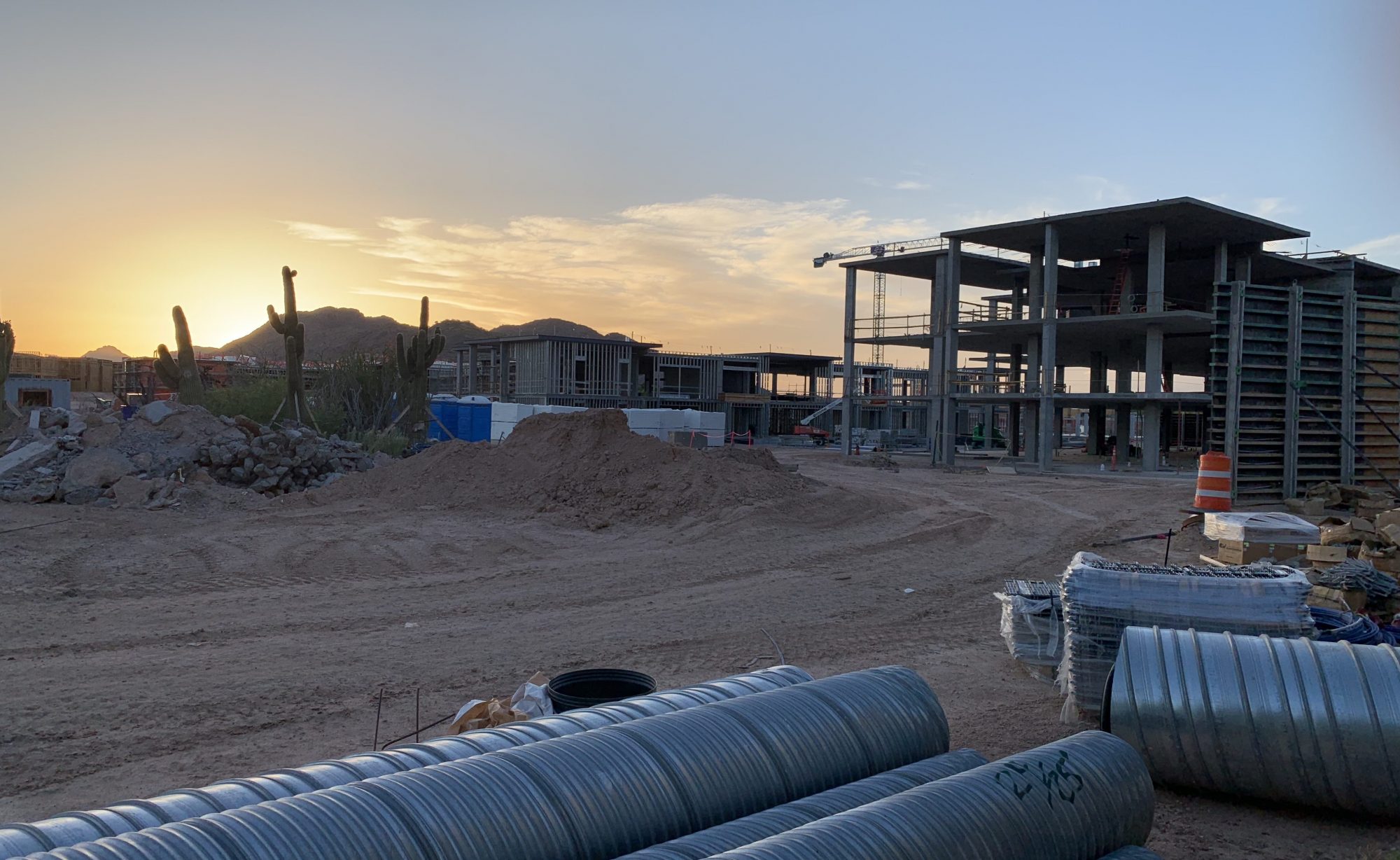
It is hopefully no secret that the Occupational Safety and Health Administration (“OSHA”) regulations require employers to provide fall protection systems in certain circumstances. The type of protection required depends primarily on: (1) the nature of the work being performed; and (2) the environment in which it is performed. In Bergelectric Corp. v. Secretary of Labor, 925 F.3d 1167 (9th Cir. 2019), the 9th Circuit Court of Appeals was recently charged with deciding whether the installation of solar panels constituted “roofing work” for purposes of determining the applicable safety standards. The Court ultimately held that installing solar panels was not roofing work, and, as a result, affirmed a final order of the Occupational Safety and Health Review Commission (the “Commission”) that a contractor violated OSHA fall protection requirements by not complying “with the stricter safety standards governing work on unprotected sides and edges.” Given the growth of the solar industry, the decision in Bergelectric Corp. is significant.
Background
In Bergelectric Corp., a contractor was hired (as part of a larger renovation project) to install solar panels on the roof of a hangar at a Marine Corps Air Station in San Diego, California. The contractor’s employees were installing the panels on the upper roof of the hangar during a two-day safety inspection of the project. The employees informed the inspector that they: (1) “were using warning lines and a safety monitor to comply with fall protection obligations;” and (2) “would affix personal fall arrest systems (‘PFAS’) if they moved outside the warning lines.” While on site, the inspector observed no employees using PFAS, no guardrails in place, and no safety nets.
As a result of the inspection, OSHA issued a citation claiming that the contractor had committed three serious violations of the fall protection standards located in Subpart M of the Occupational Safety and Health Act of 1970 (the “Act”). The first alleged violation was predicated on the “general standards of 29 C.F.R. § 1926.501(b)(1), which require employees working near the unprotected sides and edges of certain roofs to be protected by guardrail systems, safety net systems, or PFAS.” The second two violations were “based on the alternative standards of 29 C.F.R. § 1926.501(b)(10), which apply to employees performing roofing work on low-sloped roofs” and permit the use of only warning lines and a safety monitor.”
After a hearing, an administrative law judge found that: (1) the fall standard of § 1926.501(b)(1) applied because the contractor’s employees were not performing roofing work; and (2) the contractor violated the standard because it neglected to use PFAS, guardrails, or safety nets. The administrative law judge’s decision eventually became the final order of the Commission, and the contractor appealed.
Analysis
On appeal, the contractor primarily argued that: (1) the standards in § 1926.501(b)(10), rather than § 1926.501(b)(1), applied; and (2) it complied with § 1926.501(b)(10). Stated differently, the contractor claimed that “its installation of solar panels on the hangar was governed by the laxer safety standards for roofing work on low-sloped roofs, rather than the stricter general standards applied to unprotected sides and edges.”
§ 1926.501(b)(1) provides:
Unprotected sides and edges. Each employee on a walking/working surface (horizontal and vertical surface) with an unprotected side or edge which is 6 feet (1.8 m) or more above a lower level shall be protected from falling by the use of guardrail systems, safety net systems, or personal fall arrest systems.
Conversely, § 1926.501(b)(10) states:
Roofing work on Low-slope roofs. Except as otherwise provided in paragraph (b) of this section, each employee engaged in roofing activities on low-sloped roofs, with unprotected sides and edges 6 feet (1.8 m) or more above lower levels shall be protected from falling by guardrail systems, safety net systems, personal fall arrest systems or a combination of warning line system and guardrail system, warning line system and safety net system, or warning line system and personal fall arrest system, or warning line system and safety monitoring system.
In rejecting the contractor’s argument that the installation of solar panels constituted roofing work, the Court turned to the definition section of the applicable regulations. Specifically, the Court noted that: (1) 29 C.F.R. § 1926.500(b) defines “roofing work” as the “hoisting, storage, application and removal of roofing materials and equipment, including related insulation, sheet metal, and vapor barrier work, but not including the construction of the roof deck;” and (2) the “[i]nstallation of solar panels is not referenced in this definition.” Indeed, the Court found that the plain language of this definition makes it clear that “roofing work does not extend to all materials and equipment that could be applied atop a roof, but rather roofing materials and equipment.” Accordingly, the contractor’s installation of the solar system was held to have no connection to roofing and was, instead, determined to be “the installation of a system that often happens to sit atop a roof.”
Conclusion
Given its determination that the installation of solar panels did not constitute roofing work within the meaning of 29 C.F.R. § 1926.500(b), the 9th Circuit held in Bergelectric Corp. that the more stringent standards of § 1926.501(b)(1) governed the subject contractor’s work. The Court also concluded that substantial evidence supported the administrative law judge’s decision that the contractor did not comply with § 1926.501(b)(1). As a result, the Court denied the contractor’s petition to disturb the Commission’s final order.
In short, the takeaway from Bergelectric Corp. is that contractors installing solar panels on roofs with unprotected sides and edges which are 6 feet or more above a lower level must use one of the following methods of fall protection: (1) guardrail systems; (2) safety net systems; or (3) personal fall arrest systems.
